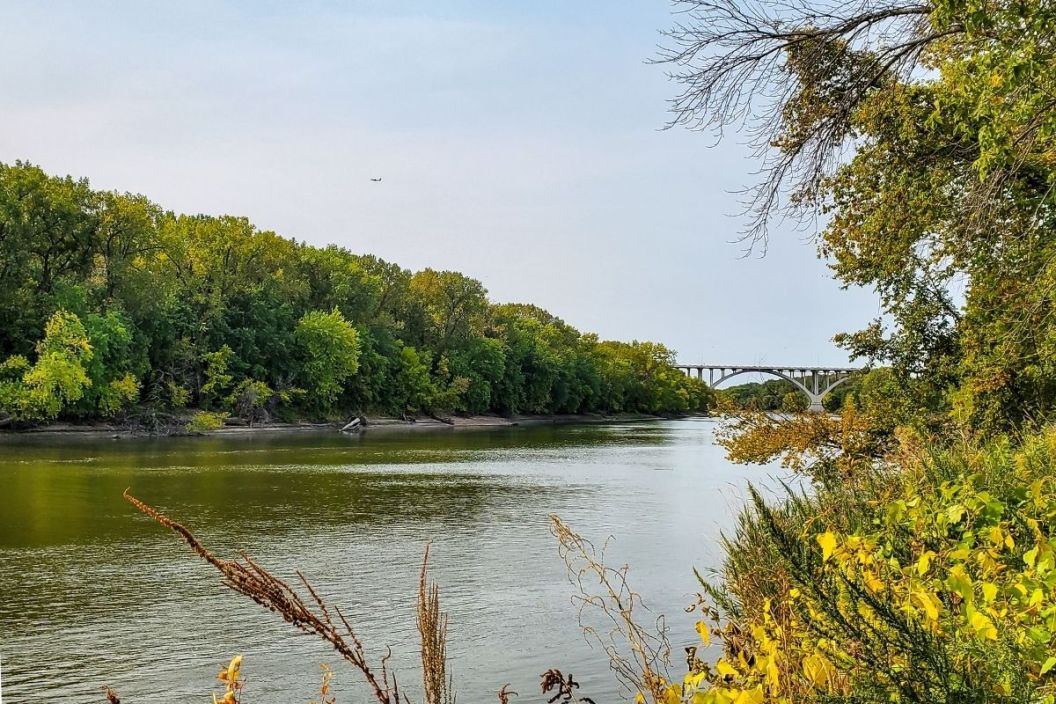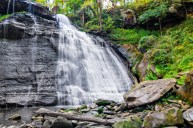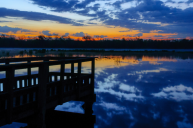If you're a history buff with an affinity for nature, then Fort Snelling State Park is definitely a place you should visit. Located in the heart of the Twin Cities, Minneapolis-St. Paul, the Minnesota state park is made up of a wide variety of regional trails that lead to other beautiful areas full of lush greenery and abundant wildlife. It also presents lakes, beaches, and rivers made for all kinds of water activities, making this an easy family-friendly trip to plan.
The park also offers Historic Fort Snelling by the Minnesota Historical Society, painting the area's rich historical background and development over thousands of years. The national historic landmark renders 10,000 years of stories that detail the memoirs of Native peoples, trade, soldiers and veterans, enslaved people, immigrants, and the changing landscape, marking Fort Snelling as a place of major social, cultural, and historical significance.
History of Fort Snelling State Park
https://www.instagram.com/p/B2VjrGVlfDr/
The historic site dates thousands of years before European colonizers even touched down on the continent. The Minnesota, Mississippi, and St. Croix Rivers were formed when glaciers from the last Ice Age melted, causing violent meltwaters to carve out the river valleys. The Dakota people from Mde-wa-kan-ton-wan Dakota tribe were the first noted to have originally inhabited the area, and they were known as the "Dwellers by Mystic Lake."
The indigenous Dakota people are remembered as part of the Oceti ?akowi?, or Seven Council Fires, who is historically recognized as the Great Sioux Nation. They lived in villages along the Mississippi and Minnesota Rivers, believing that the Earth's origin and center resided at where the two rivers converge. They called the sacred confluence "Bdote," which means, "when two waters come together."
By the late 1600s, colonizers started to visit the area, using the Minnesota and Mississippi Rivers to control exploration, trade, and settlement. A couple centuries later, in the 1820s, Fort Snelling was built to help the Europeans command the park's natural resources, slowly building the area's military history through fur trade, enslavement, and the fight for freedom. By 1962, Fort Snelling became a state park, later adding one of the park's most popular recreation attractions, Fort Snelling Beach, in 1970. In 1997, the Fort Snelling State Park visitor center, the Thomas C. Savage Visitor Center, opened to the public. The center details more about the area's colonization and military history, helps tourists navigate the recreation areas, and even has a gift shop for visitors to buy a token to commemorate their trip.
Things to Do at Fort Snelling
https://www.instagram.com/p/CPzVLDAs4ue/
Fort Snelling State Park is known for its five miles of biking trails and 18 miles of hiking trails, including the recommended Minnehaha Trail and Pike Island Loop. The Minnehaha Trail links to Minnehaha Park and the Minnesota Valley National Wildlife Refuge, where you can find white-tailed deer, foxes, woodchucks, badgers, and more hanging around floodplains and ponds. You can also hike the favorited Pike Island Loop, located on Pike Island where the significant confluence of the Minnesota and Mississippi Rivers is located.
While hiking or biking around, you might find the Fort Snelling-Mendota Bridge, which connects State Highway 55 between Mendota Heights in Dakota County and the Fort Snelling area in Hennepin County across the Minnesota River valley. In 1926, the Mendota Bridge was the longest, continuous concrete arch bridge in the world, consisting of a 13 rib-arch main spans of 304 feet each.
Fort Snelling-Mendota Bridge
RELATED: One of Minnesota's Most Popular Adventures Is Jay Cooke State Park
Although the park is day-pass only, it's open year-round because the area is worth exploring in any and every season. It boasts beautiful cross country skiing, offering 12 miles of ski trails for visitors to enjoy all the park has to offer during the colder seasons. And whether you choose to cross-country ski or just snowshoe your way through, your journey through the winter trails will be accompanied by beautifully massive cottonwood trees, that are worth seeing while adorned in white.
And if adventuring during the winter season is not what you're looking for, Fort Snelling State Park has much more to offer, according to the Minnesota's DNR (Department of Natural Resources). Littered with picnic sites, a beach, rivers, and lakes, other recreational activities include canoeing, fishing, and/or hanging out by the water. Your options are not limited to only Snelling Lake or Gun Club Lake, as you can rent canoes and/or fishing kits at the park office to explore most other bodies of water within the state park.
Where to Stay
https://www.instagram.com/p/CQXBzQ_nMq_/
As mentioned before, Fort Snelling State Park is day-pass only, meaning visitors don't have the option to camp on site like most other state parks. Located at 101 Snelling Lake Road, the park is open seven days a week from 8:00am- 10:00pm. Park permits are $35 annually, costing $26 for a second vehicle and $12 for a handicapped entrance. You can also pay only $7 if you plan to enter the park just for one day.
If you're coming in from out of town and are needing a place to stay, there are plenty of hotels and camping grounds in surrounding cities, such as Bloomington and Eagan, that are close driving distance from the park, surrounding the MSP (Minneapolis-Saint Paul) International Airport. You can find more information on where you can hunker down during your visit here.
Have you ever explored Fort Snelling State Park's abundant history and/or natural areas? Share your experience at our Wide Open Roads Facebook!




